What everyone misses about the Japan Rail Pass
Overpriced? Overrated? Unnecessary? You might be surprised...
After accommodation, transport costs for you trip are likely to make up an enormous chunk of your budget.
Many travellers probably want to minimise the total for transit, but once they take a look at the price for the Japan Rail Pass, they might baulk and move on.
Are they making a big mistake?
Possibly.
First let’s have a look at what the Japan Rail Pass is and how to use it, and then we’ll go over the reasons why it’s one of the best bargains on offer for visitors to Japan.
Just what is the Japan Rail Pass?
Japan Railways is the largest railway operator in the country. It’s also known as JR. So the Japan Rail Pass is often called the JR Pass. No, there’s nothing junior about it.
JR itself is actually made up of regional groups. For example, JR East covers Tokyo and the northern section of the main island, Honshu. JR Hokkaido takes care of Hokkaido. You get the idea.
This means that JR lines span the entire country, with trains ranging from your everyday commuter trains, your cross-country limited expresses, to the modern marvel, the bullet trains known as Shinkansen.
The Japan Rail Pass offers unlimited access to almost all trains run by JR, either for 7, 14, or 21 days. These passes cover JR trains across the country, so it’s a lot like an access-all-areas pass.
Aside from the ability to go anywhere, the passes help travellers to avoid buying separate tickets for every journey.
But possibly the biggest selling point is that JR Passes allow you to save an enormous amount of money on train travel. I’ll get into that later.
How do you use it?
You need to do a bit of planning in advance to get a JR Pass.
You can buy it direct from JR on their special website, and you get access to an advance seat reservation service.
You can also buy the pass from travel agencies, online and offline. Travel agencies often have special offers and discounts. (For example, Klook’s giving a free e-sim away with JR Passes at the moment.)
When we talk about buying the JR Pass, that doesn’t actually mean we receive the physical item before we arrive in Japan. No, unfortunately you have to visit one of the designated offices to pick up the actual pass.
Once you have the pass, there are two main ways you can use it.
You can make seat reservations for free, and enjoy having your spot ready and waiting every time you board a train. The drawback to this is it takes time at the ticket office, machine, or using the online service to make reservations, especially if you want to book a lot of trains.
The other route is to be carefree and spontaneous, and use non-reserved seats on all the trains you take. The obvious downside to this is that non-reserved cars can get busy, and you won’t always get the window seat that you want. Plus, there are a few trains that don’t have unreserved seats.
How much does this pass cost?
You can buy the JR Pass so it will last for 7, 14, or 21 consecutive days.
7 days costs 50,000 yen (331 USD)
14 days costs 80,000 yen (531 USD)
21 days costs 100,000 yen (663 USD)
So who should buy a JR Pass?
It should go without saying that you need to do quite a few expensive train journeys before your total bill exceeds these figures. This means that, if you’re not planning on touring the country, this pass probably isn’t for you.
But then, if you’re reading this, there’s a very good chance that you want to see a lot of Japan.
In any case, if you’re not sure how much all your journeys are going to cost you, go use a rail pass calculator to find out.
Why this pass is still a bargain
When I lived outside Japan and came to visit, I only ever used the 7 day version of the pass. And each time I made sure to get over 100,000 yen’s worth of travel out of it. So let’s say that I know what I’m talking about when I tell you that this thing is still an absolute bargain.
Let’s take a sample itinerary - I’ll just note the actual journeys involved. I’m not necessarily saying that this is a sensible plan (although I’ve done far crazier 7-day jaunts). It just helps to illustrate a point.
Sample 7-day itinerary
Day 1 - Matsushima (Tokyo to Matsushima, return)
Day 2 - Hiroshima (Tokyo to Hiroshima)
Day 3 - Hiroshima (Hiroshima to Nagasaki)
Day 4 - Nagasaki (no travel)
Day 5 - Okayama (Nagasaki to Okayama)
Day 6 - Kyoto (Okayama to Kyoto)
Day 7 Kyoto (Kyoto to Tokyo)
Total cost of single tickets: 106,740 yen
Cost of a 7-day JR Pass: 50,000 yen
For travellers who want to quickly dart around the country and sample as many different cities and sights as possible, this kind of itinerary may look familiar.
But for those of you who want to take more time at destinations, listen up.
You could use that same itinerary and extend it over two weeks with a lot of overnight stays, and you would still save money if you used a 14-day pass.
I’m pretty sure that with a 14-day pass I’d easily rack up journeys worth double the cost of the pass. And with 14 days to play with, it’s far easier to build in multi-day stopovers in different cities.
Which pass length offers the best value?
By looking at each pass length in terms of the cost of unlimited travel per day, you can easily see how poor a deal the 7-day pass is compared to the other two:
7 days - 7,142 yen per day
14 days - 5,714 yen per day
21 days - 4,761 yen per day
If you can get the time to travel and you can afford it, the 21-day pass is pretty unbeatable value. But if not, I’d try to always get a 14-day pass and avoid the 7-day version, which is a bit too expensive for the time you get.
That’s great Andrew, but aren’t regional passes much better?
Well, you might have a bit of a point there.
I’ve made videos about regional passes that are excellent value for money, namely the Kansai Wide Area Pass, the Kansai Hiroshima Pass, and the Tokyo Wide Area Pass.
But there are itches these regional passes can’t scratch.
Tokaido Shinkansen
If you want to travel between Tokyo and Shin-Osaka on the Shinkansen, you either get single tickets, or you get the JR Pass.
Many people, including YouTubers, love to promote the Hokuriku Arch Pass. This will get you from Tokyo to Osaka/Kyoto, sure. But the route is via Kanazawa, and not all of it is on the Shinkansen (you’ll need to make several changes of train). I don’t recommend this pass.
Sunrise Express
The last regular service sleeper train in Japan runs between Tokyo and Izumo/Takamatsu.
None of the regional passes cover this train. However, you can ride for free with the JR Pass (or at least for substantially cheaper if you want to use a compartment).
Lengths
Regional passes tend to offer between 3-5 days of unlimited travel. The JR West All Area Pass is an outlier, with 7 days travel up-for-grabs.
If you need more time, you can of course buy multiple passes.
But the easiest way to get a lot of time to travel around the whole of the country, the JR Pass is the way to go.
Green Car
If you’ve seen my video on the Green Car, you’ll know that this is JR’s answer to First Class.
Regional Passes don’t allow you unlimited (or cheap) travel in the Green Car.
This is a big downside for some travellers.
But if you want to ride in style, you can get the Green Car version of the JR Pass.
Conclusion
I’d say that if you’ve got two weeks or more for your Japan trip, and you’re up for some epic adventuring across the country, the JR Pass is a must-have.
For everyone else, single tickets and/or a regional pass will be the way to go.
What are you planning to use on your trip? Let me know in the comments.
Have a Unique Adventure, the Easy Way
You want to have a one-of-a-kind adventure, packed with hidden gems and free from crowds, right?
Japan Out There: Kansai Edition is just what you need.
This e-book is my hand-picked selection of the greatest secret treasures from off-the-beaten path.
It covers the area around Kyoto, Osaka, Nara, and the rest of the Kansai region.
Use the code “FLYINGMONKEYS” to get 50% off - only for the first 5 people!
Trip Essentials
Everything you need in one place - get ready and support my work at the same time!
Basics: eSIM / Sim Card / Pocket Wifi / VPN / Travel Insurance
Work with me: Japan Plan Support (Paid Consulting)
Youtube: Get ready for Japan playlist
Transport: JR Pass / Regional Passes / Shinkansen Tickets / Car rental
That’s all for this month! See ya!
Andrew
*There are some affiliate links in this email: I will earn a small commission if you buy something, and it costs you nothing. Cheers!

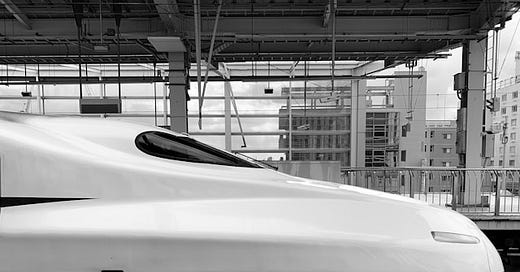





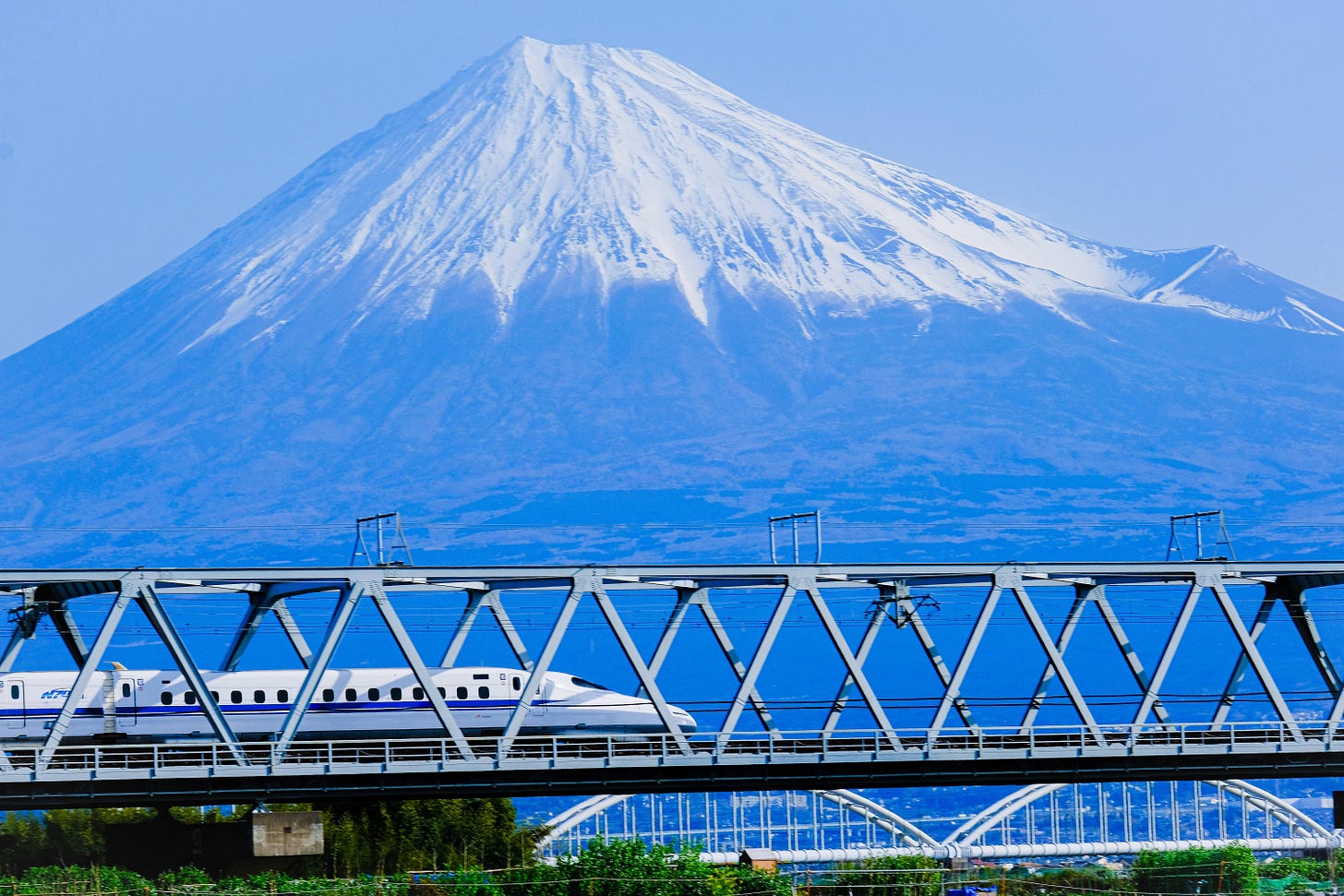
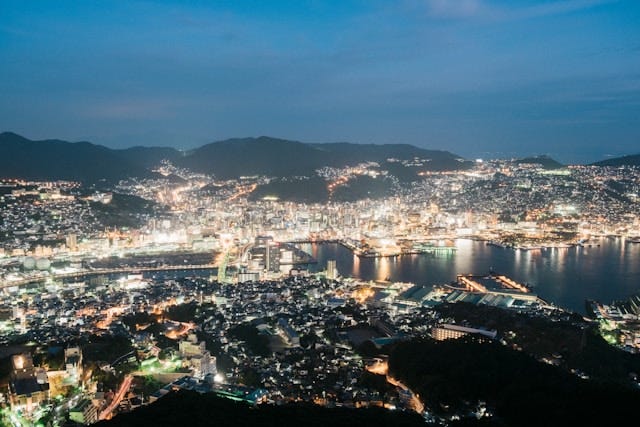
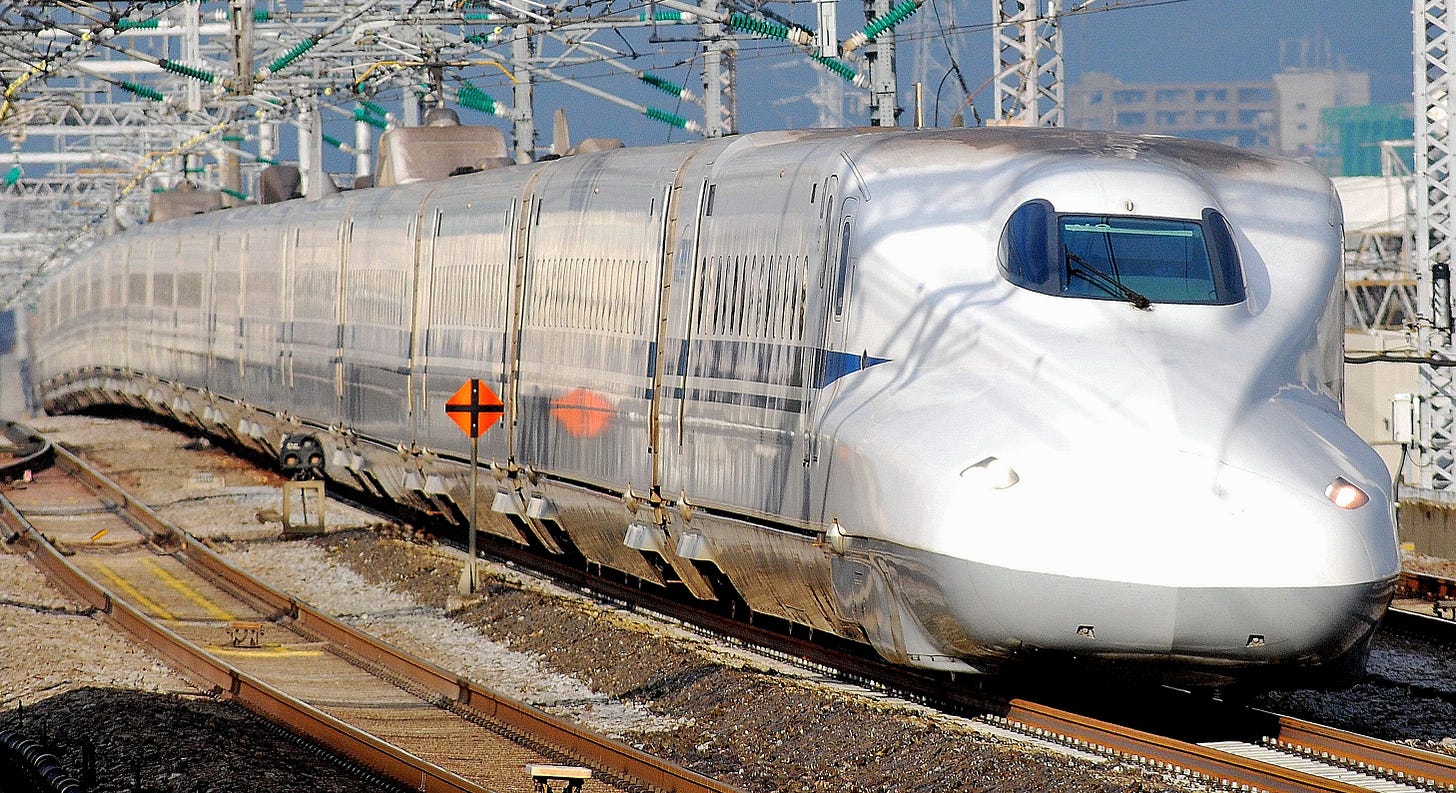
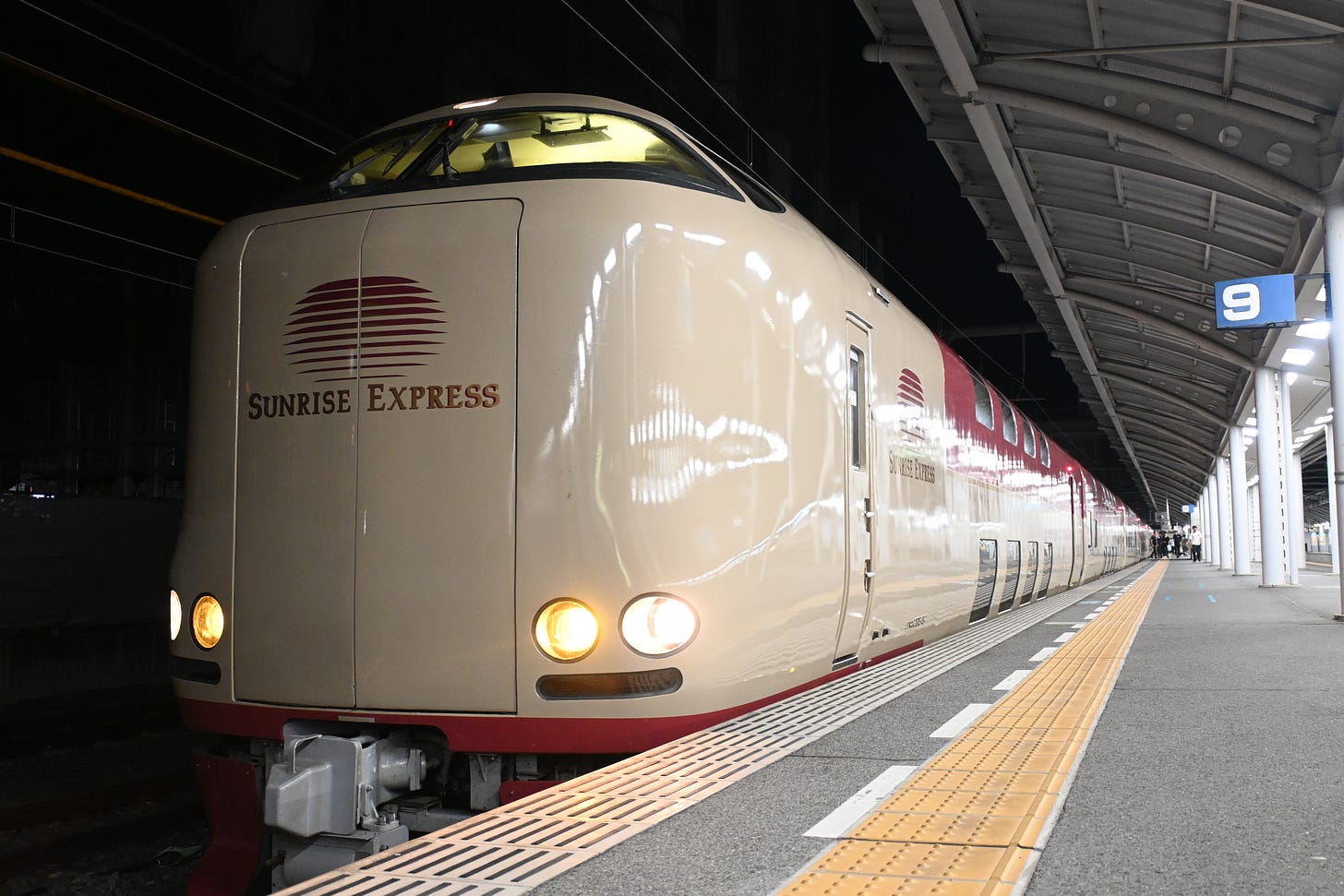
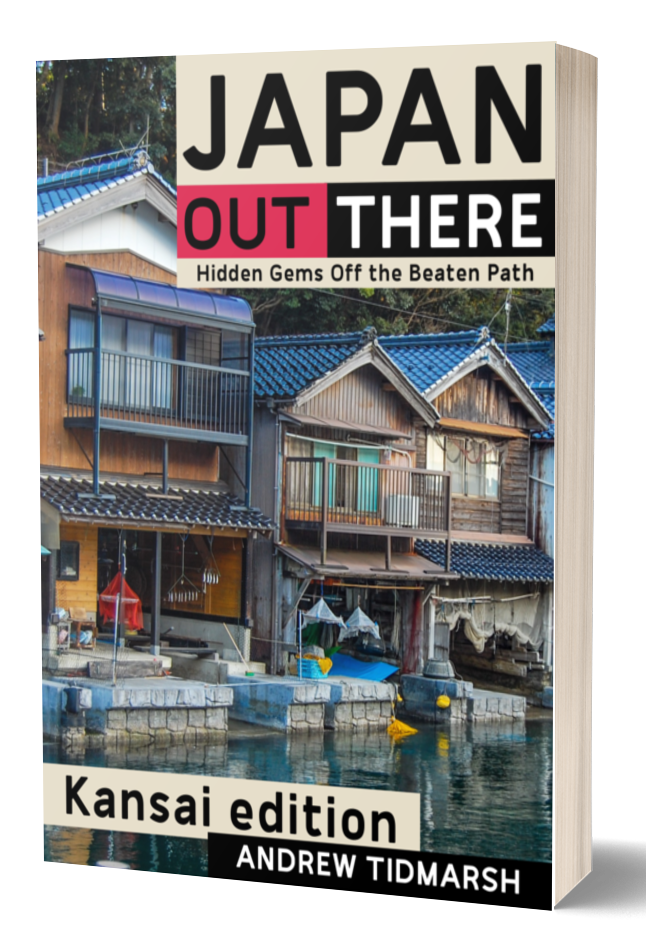
We are travelling for 10 days - flying into Osaka - then Kyoto, Takayama, Kanazawa, Tokyo.
So not a quick trip around. I have looked at the JR and Regional passes but they don’t seem to go where we are going. Do you have any suggestions of a passes we could use?
Hi Andrew, Am I correct in understanding that you must buy the JR Rail Pass before arriving in Japan, but you can buy the JR Regional passes within the country? We are planning to travel to Matsue and Amonashidate as well as Hiroshima, Kobe, Okayama, Kyoto and end up in Kanazawa before we head North to Yamadera Temple and Matsushima Bay. Why don’t more people talk about the Sanyo-San’In Northern Kyushu Pass as it is only about $275 AUD for a 7 day pass and covers nearly the entire part of Southern Kyushu right down to Fukuoka. If I am careful, I can buy two 7 day passes and use them consecutively to see nearly everything I want to see in Kyushu and then just buy the extra ticket for the Kanazawa -sendai and back to Tokyo. The 21 Day Country wide pass is still going to be restrictive for us time wise. Thanks for reading and once again, love your work.